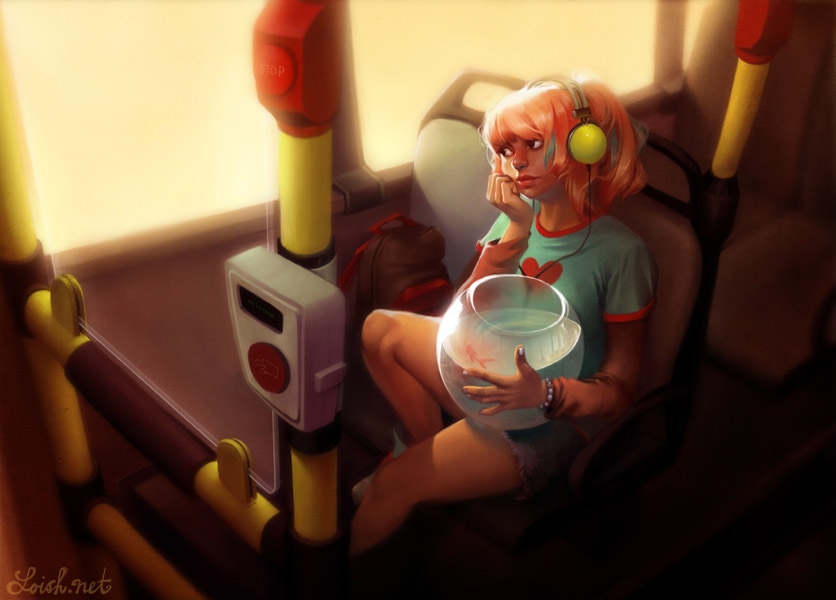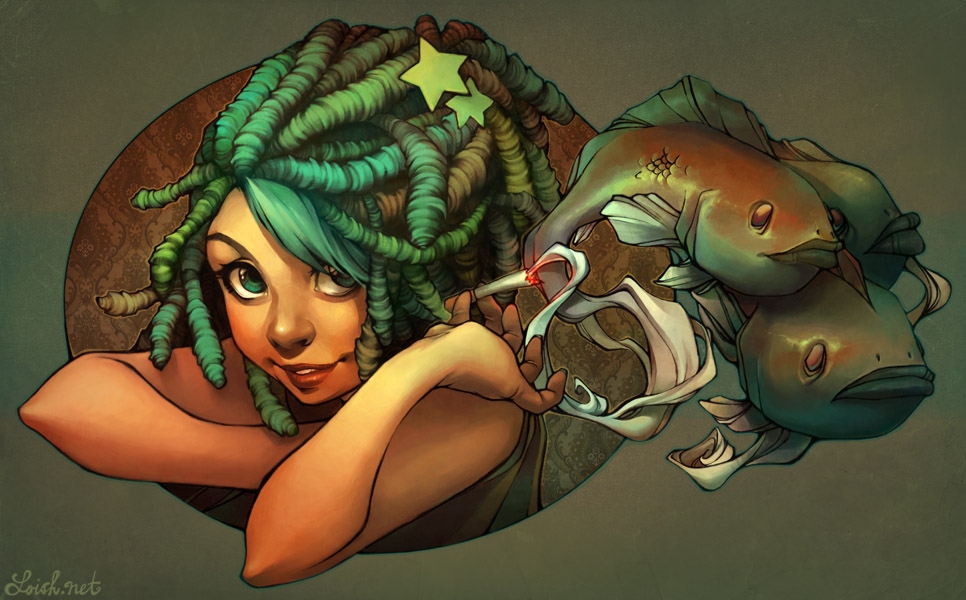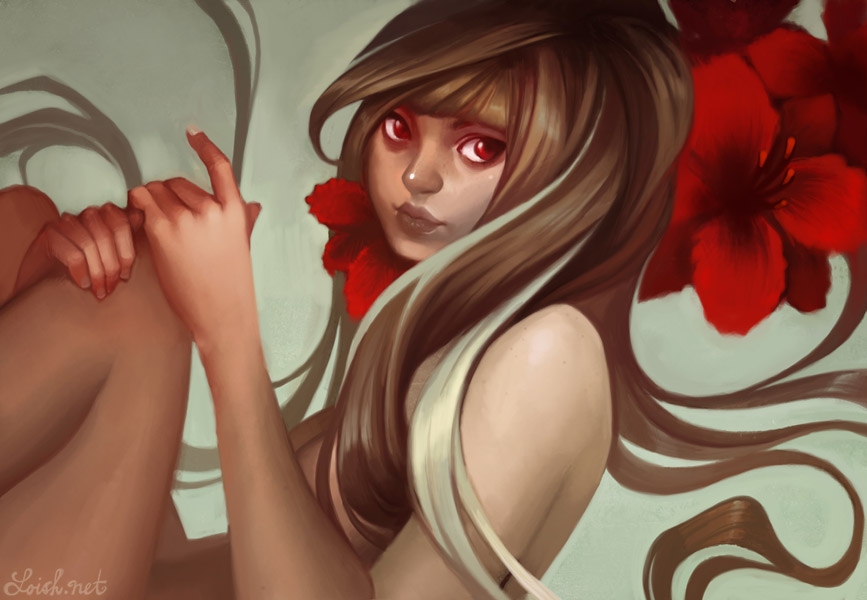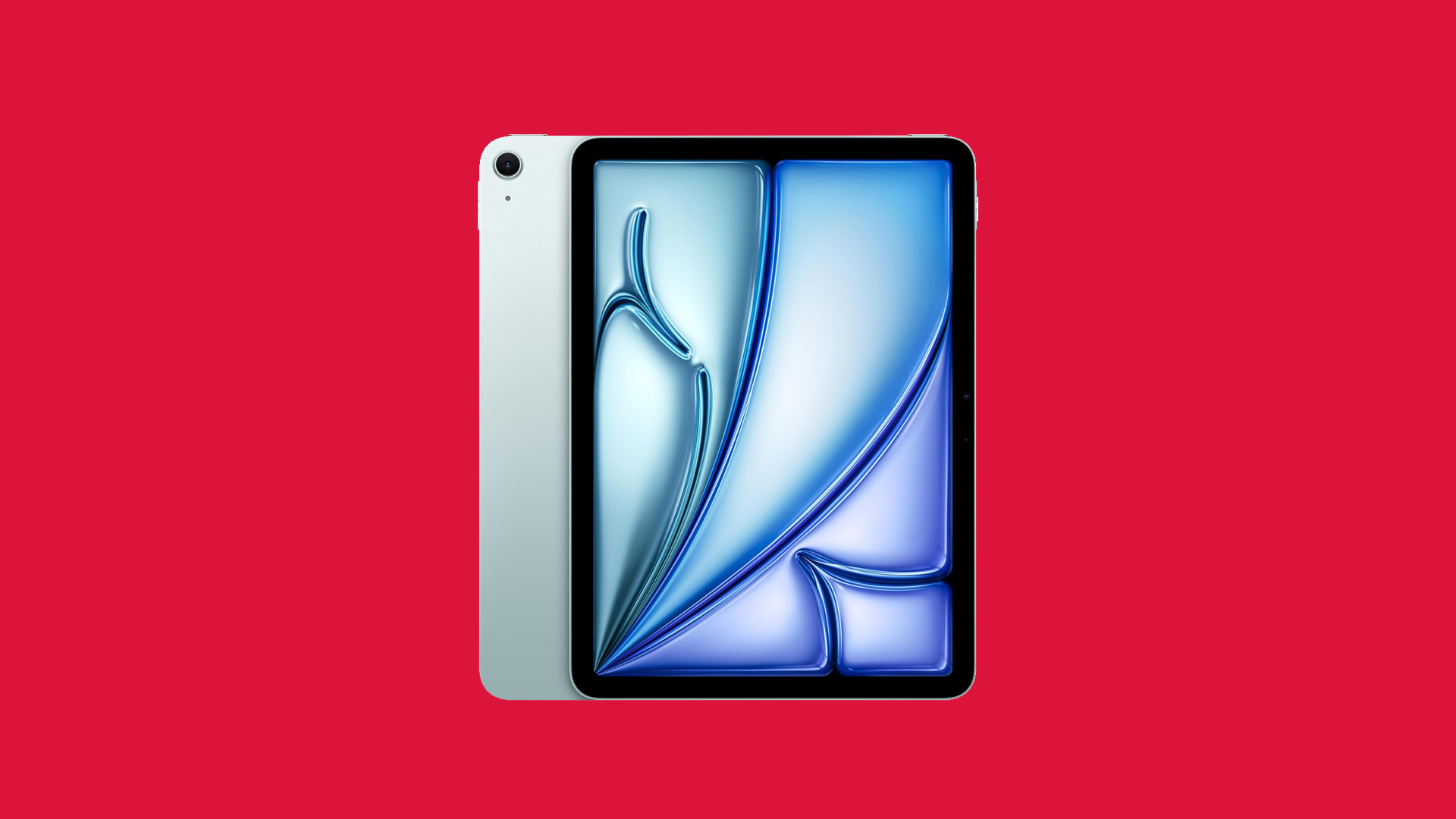Superstar artist Loish reveals why making 'bad art' matters

Loish is a Dutch artist, illustrator and animator based in Utrecht, but it’s probably more accurate to describe her as a phenomenon. Over 15 years working as an artist, she’s steadily built up an immense online following, from sharing her early work on oekaki boards, then Deviant Art and finally Instagram, where she now has 2.2million followers.
Loish will share her social media expertise in an insightful talk at Vertex 2021 on 25 February. Those with a ticket to the virtual event can tune in live or you can watch on-demand for 30 days.

Loish has also taken her relationship with fans to the next level by launching a Patreon, allowing herself to step back from client work and focus more on crafting the personal work, which she describes as "colourful girly art". Yet her career hasn't all been plain sailing, as she reveals in this interview from last year's Vertex event...
For practical tips on creating your own art, see our how to draw tutorials or our sketching tips.
You said that at school, people told you you couldn’t be an artist. Why do you think they were so discouraging?
I had very encouraging art teachers, but they didn’t get overly involved. They really wanted you to figure it out yourself. I think my parents were similar, they wanted me to figure what I liked to do for myself. I come from a family where there aren’t a lot of creative people. I have an aunt who's dabbled in drawing, but that's about it. My parents also didn’t go to college, they went straight into work, so they didn’t know a lot about what that would look like. And I also didn’t know about the industry.
You eventually began working as a commercial illustrator. When did you realise that you’d "made it"?
There was a point when I realised I’d become financially stable. As a freelancer, your income fluctuates every year. So I always thought when I had a good year financially, this is not going to last. I always thought the bubble would burst. But finally I realised, "Oh wow, my income isn’t going to go down, it’s remained stable". It was a really big thing for me.

You've recently launched on Patreon. What took you so long?
I’ve known about Patreon for a long time, and so many people have told me to try it. But I didn’t want to go there. I wanted to keep doing what I’m doing, which was to keep using social media to get in touch with clients and do client work. I always felt that client work was a safe path.
Daily design news, reviews, how-tos and more, as picked by the editors.
With Patreon, I felt like I wouldn’t have the time. And also, working with clients is very transactional. I make something, for the fee we agree on, and I get the fee. It's a proper business relationship, which always felt safer to me than asking people, 'Will you support me?' Who knows if they’ll be happy? Patreon is highly personal, which to me felt intimidating.
When I decided to take the plunge, it helped that I could ask for a small contribution, $5, so I didn’t have to make an insane amount of stuff. For that small amount, it felt less intrusive on my life, so that worked for me.
Also read: How to get more from Patreon

You've now got hundreds of patrons. What’s the feedback been like so far?
I’ve had super-positive feedback. Everyone is super-happy and they say it exceeds their expectations. This has been a pattern for me: I’m always overestimating what’s expected of me, because I’m the hardest on myself. So now I need to recognise that people like it, it’s okay.
Visit Loish's Patreon page here
What’s the balance in your workload now?
I try to schedule my Patreon work in the same way as client work. So every month I have two weeks set aside for Patreon: making art, and I’m also getting into making process videos. And alongside that I speak at events, and do some client work.
Patreon allows you to draw or paint whatever you want. How do you decide what to create?
I absorb inspiration from around me. So I see drawings, or scenery, I take photos, and I see little things around me that spark an idea for a painting or a drawing. And I have a pictures board where I collect inspirational material. So if I don't have any ideas, I’ll just go look at what’s there.
Sometimes I’ll sit down and make a bunch of rough digital paintings in one sitting, get those ideas out. Often, a colour will be an inspirational factor. Like, I saw this colour combination or I saw this sunset and it had an impact, it evoked a mood that I want to recreate. And so I’ll make three or four rough paintings and gradually finish them off.
I don’t really come up with stories, I just think about moods, and what I call ‘creative spark bubbles’, where I look at something and it sparks a feeling and I think I want to draw something. The painting may turn out quite different, because I have an intuitive workflow, but that spark is what gets me started.
How many of your drawings end up in the trash?
I almost always finish them. I feel like everything has value. So even if it’s not my best drawing, I’m not going to completely leave it. Maybe somebody else will, maybe it will resonate with others in a way it doesn’t with me. It’s a step in my process. When I feel frustrated with my art, that’s also a really important part. It’s an opportunity to think: which skill am I missing right now? Why is this frustrating me? What is the way I’m going to get past this?
So I always try to finish it and take a lesson out of it. I’m not really someone who wants it to be perfect. And I won’t go and take something out of my portfolio. I want to keep it all there so people can see it.

Across the last 15 years, how much of your work have you kept?
I’ve kept all of my art, well as much as I've been able to, including all the old pixel-ly stuff. I think it’s really important to share that. Because that’s what I was missing when I was in high school. I was looking at all these artists that I admired and thinking: 'Where do they come from? How did they get to that stage?'
I drew Powerpuff Girls, I drew really bad fan art, and it’s often kind of embarrassing to look back on, but it needs to be shown. Every artist has that; every artist goes through a stage where they don’t know what they’re doing, and they’re absorbing styles and ideas, and I want people to see that.
How do you plan to develop your art in the future?
I’m going with the flow in my career. That’s the reason my early stuff works and allowed me to develop; I didn’t know where it was going to lead. If you know that what you’re doing will have an impact 20 years from now, you’ll do it with a lot more anxiety. So I try to keep things as open as I can.
For instance, I don’t know what will happen with social media. Are there going to be new platforms? Are we all going to be living in VR? So I always advise artists: don’t put all your eggs in one basket. Create a brand, a style, an identity that you can translate into whatever context.
We love your books. Any more on the horizon?
Yes, I’m thinking about doing a third in the series. In The Art of Loish, I really tried to put my voice in there: you know, 'This is how I think, this is what I’m about.' And people who bought it felt they really connected with me. So it became a really important way for me to connect with my fans.
The first one was quite easy because it’s just ‘Art of’. Like, who am I as an artist? But now I’m starting to think what can I add. So I’m having to go deeper. I’m really into the psychology of drawing, so I’m thinking about how do you maintain a positive mindset? How do you make an exciting art blog? What do you do to maintain your mental health? Because drawing is like looking in a mirror: you always see your own flaws, and they can be really tough, and drag you down.
So I see it as super-important to maintain your mental health, and keep a positive attitude. Having that healthy balance of forcing yourself to grow but also enjoying it. Because it’s okay. I always felt guilty for enjoying it, and that psychological aspect is something I really want to share. I want to have a self-help theme to the book, while it still being an art book. So that will be a real challenge, to get that balance right.
Don't miss out on Vertex 2021. Get your ticket today!
Read more:

Tom May is an award-winning journalist specialising in art, design, photography and technology. His latest book, The 50 Greatest Designers (Arcturus Publishing), was published this June. He's also author of Great TED Talks: Creativity (Pavilion Books). Tom was previously editor of Professional Photography magazine, associate editor at Creative Bloq, and deputy editor at net magazine.
